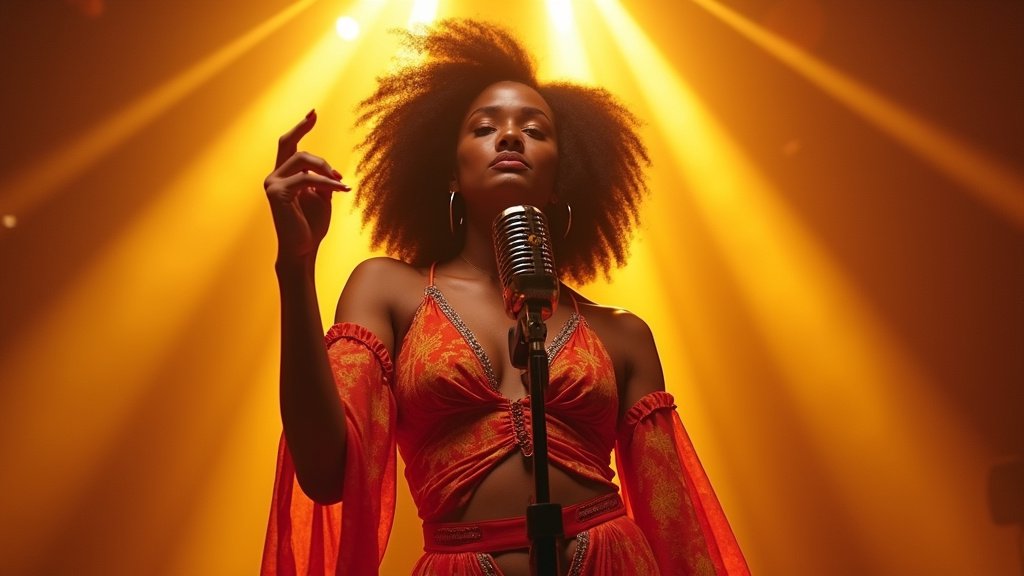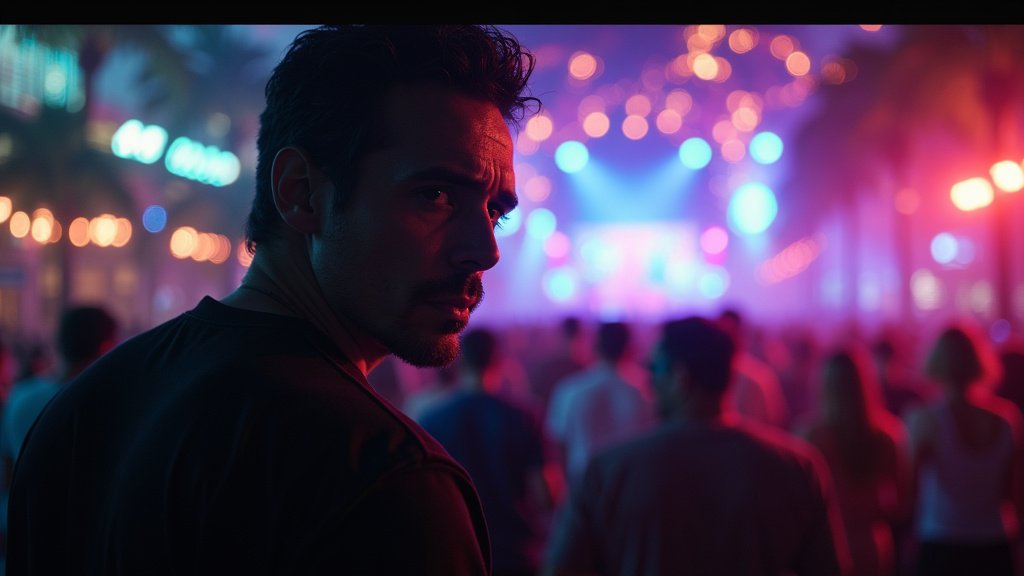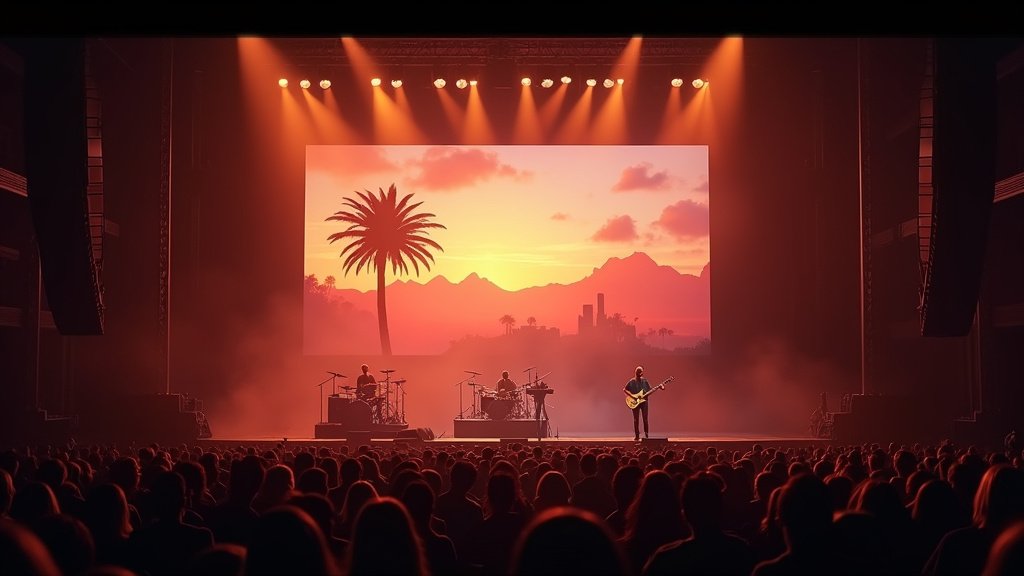The Miami music scene has always been a melting pot of sounds, cultures, and innovations. From the iconic beats of salsa and merengue to the more recent explosion of reggaeton, this city has long been a hub for Latin music. But in 2024, there’s a new player shaking up the scene: Latin Trap. This genre, a unique fusion of Latin rhythms and American trap music, has taken Miami by storm, pushing the boundaries of music while reflecting the diverse energy of the city. In this article, we’ll explore the rise of Latin Trap in Miami, its biggest artists, and how it’s transforming the city’s soundscape.
Latin Trap: A Fusion That Speaks to Miami’s Spirit
A Unique Blend of Cultures
Miami is a city known for its rich blend of Latin American cultures. From Cuban cafes to Dominican street festivals, the city pulses with a unique vibrancy. Latin Trap, which merges traditional Latin sounds with the harder beats of American trap, is the perfect reflection of this cultural fusion. The genre taps into Miami’s dual identity, capturing the essence of both Latin heritage and the urban, fast-paced lifestyle that the city embodies.
This genre takes influence from reggaeton, hip hop, and trap, with songs often featuring heavy bass, hi-hats, and electronic beats, combined with Spanish-language lyrics. What makes Latin Trap so magnetic is its ability to cross borders — both geographically and musically. For Miami listeners, it’s more than just music; it’s an anthem for a generation that straddles two worlds.
The Soundtrack of Miami’s Urban Life
Latin Trap speaks directly to the young, diverse, and vibrant crowd in Miami. With its gritty lyrics and energetic beats, it’s become the soundtrack for the city’s nightlife, fashion, and street culture. Clubs in Wynwood, Little Havana, and South Beach are blasting tracks from artists like Bad Bunny, Anuel AA, and Myke Towers, further solidifying the genre’s hold over the Miami soundscape. The connection between Miami’s street culture and Latin Trap is undeniable, as these songs resonate with the stories of struggle, success, and ambition — key themes that speak to the heart of Miami’s residents.
Key Artists Dominating Miami’s Latin Trap Scene
Bad Bunny: Leading the Global Wave
No discussion of Latin Trap would be complete without mentioning Bad Bunny, arguably the genre’s biggest star. His rise from underground artist to global sensation has been nothing short of meteoric, and Miami has played a pivotal role in his success. Bad Bunny’s performances in Miami are known for being larger-than-life, bringing together thousands of fans for sold-out shows. His collaborations with local Miami artists have further embedded him into the city’s music fabric.
Bad Bunny’s impact goes beyond his music — he’s become a cultural icon, influencing fashion, language, and even political movements. His ability to infuse trap beats with poignant messages about love, identity, and social issues has earned him a devoted following in Miami and beyond.
Anuel AA: Miami’s Underground Hero
While Bad Bunny may be the global face of Latin Trap, Anuel AA holds a special place in the heart of Miami’s underground music scene. Known for his raw lyrics and unfiltered personality, Anuel AA’s music often delves into personal struggles, reflecting the realities of life in urban environments. His gritty style resonates with Miami’s Latin youth, who connect with his authenticity and rebellious spirit.
Anuel AA’s rise from the underground to the mainstream has inspired many local Miami artists, showing that success in the music industry is possible, no matter your background. His frequent collaborations with reggaeton and trap artists continue to shape the sound of Miami’s music scene, blending gritty realism with infectious rhythms.
The Role of Miami Nightlife in Latin Trap’s Success
Clubs and Venues as Breeding Grounds for New Sounds
Miami’s vibrant nightlife scene has been instrumental in propelling Latin Trap into the mainstream. Clubs in South Beach, Wynwood, and Downtown Miami are often the first places where new tracks are played and tested. Miami DJs have embraced the genre, integrating it into their sets and fueling its popularity across the city’s hottest venues.
The rise of exclusive Latin Trap nights at renowned clubs has turned Miami into a destination for both fans and artists alike. Venues like Story, LIV, and E11EVEN have become synonymous with Latin Trap, hosting packed events where both established stars and up-and-coming artists perform.
Social Media and Streaming: Amplifying the Miami Sound
Latin Trap’s rise in Miami would not have been possible without the role of social media and streaming platforms like Spotify and Apple Music. Platforms like TikTok and Instagram have allowed local Miami artists to gain exposure, turning viral moments into career-defining opportunities. For example, when an artist’s song blows up on TikTok, it’s not uncommon to see Miami clubs and radio stations pick it up, cementing its place in the city’s music rotation.
Miami’s radio stations, like Power 96 and Mega 94.9, have also adapted their programming to include more Latin Trap, responding to the growing demand from listeners. This cross-platform exposure has helped Latin Trap expand its reach, turning what was once an underground genre into a dominant force in Miami’s music scene.
The Future of Latin Trap in Miami
A Thriving Scene for New Artists
As Latin Trap continues to dominate Miami’s airwaves and clubs, it’s also creating opportunities for a new generation of artists. Local talent is emerging, blending traditional Latin influences with modern trap beats to create fresh, innovative sounds. Miami acts like Mora, Jhay Cortez, and Lunay are making waves, representing the next phase of Latin Trap and ensuring the genre continues to evolve.
The city’s music festivals, such as Rolling Loud Miami and Vibra Urbana, have started to feature more Latin Trap acts, providing a platform for both rising stars and established artists. These festivals, which draw fans from across the globe, are helping to solidify Miami’s status as a global hub for Latin Trap.
Latin Trap’s Global Reach from a Miami Perspective
What’s particularly exciting about Latin Trap is its potential for global impact. With Miami’s unique position as a bridge between Latin America and the U.S., the city is perfectly positioned to continue shaping the direction of the genre. Latin Trap has already made its mark on cities like New York, Los Angeles, and Mexico City, but Miami remains at the heart of this movement, influencing the global sound with its mix of Latin and urban cultures.
The future looks bright for Latin Trap, and Miami will undoubtedly continue to play a pivotal role in its growth.
Conclusion
Latin Trap is more than just a genre of music — it’s a cultural movement, a reflection of Miami’s diversity, and a sound that speaks to the experiences of a new generation. As Miami continues to evolve, so too will its music scene, with Latin Trap leading the charge. From packed nightclubs to sold-out arenas, the sound of Latin Trap is everywhere, and its influence will only continue to grow. Miami has always been a city of innovation, and with Latin Trap, it’s once again proving why it’s one of the most exciting places for music in the world.
FAQ
What is Latin Trap, and how does it differ from reggaeton?
Latin Trap blends the heavy bass and beats of American trap music with Latin rhythms, while reggaeton focuses more on danceable beats and a slower tempo.
Who are the biggest Latin Trap artists in Miami?
Bad Bunny and Anuel AA are two of the biggest Latin Trap artists with a significant presence in Miami. Local acts like Mora and Lunay are also rising stars in the genre.
How has Latin Trap influenced Miami’s nightlife?
Latin Trap has become the dominant sound in Miami clubs, with venues like LIV and Story hosting Latin Trap nights. The genre’s energetic beats fit perfectly with the city’s party culture.
What role has social media played in the rise of Latin Trap?
Platforms like TikTok and Instagram have helped Latin Trap go viral, giving both established and up-and-coming Miami artists exposure to a global audience.
Is Latin Trap popular outside of Miami?
Yes, Latin Trap has a massive global following, with fans across Latin America, the U.S., and Europe. Miami’s unique cultural blend makes it a key hub for the genre.
What’s next for Latin Trap in Miami?
As the genre continues to grow, more local Miami artists are emerging, and music festivals like Rolling Loud are giving them a platform. The future of Latin Trap looks bright, with Miami at the forefront.





